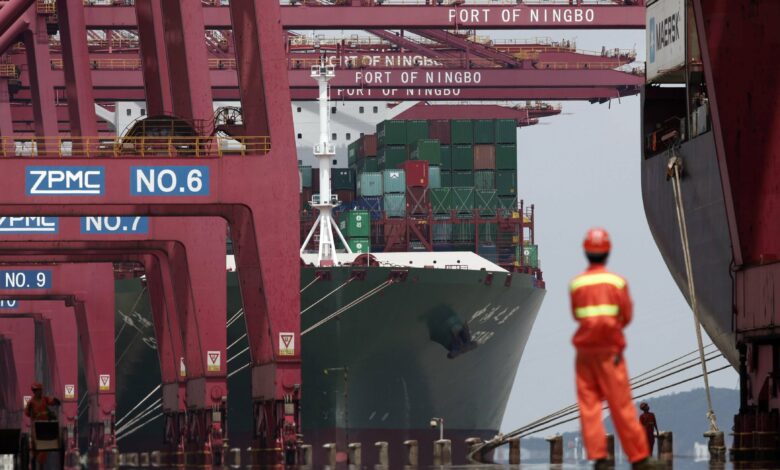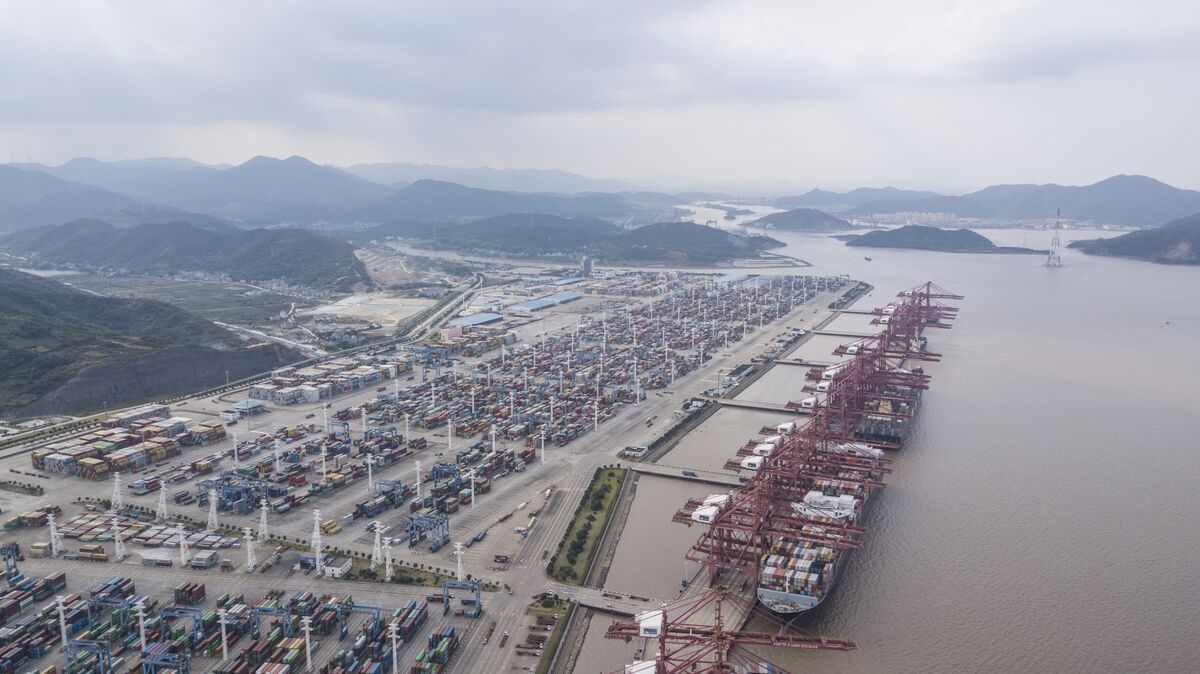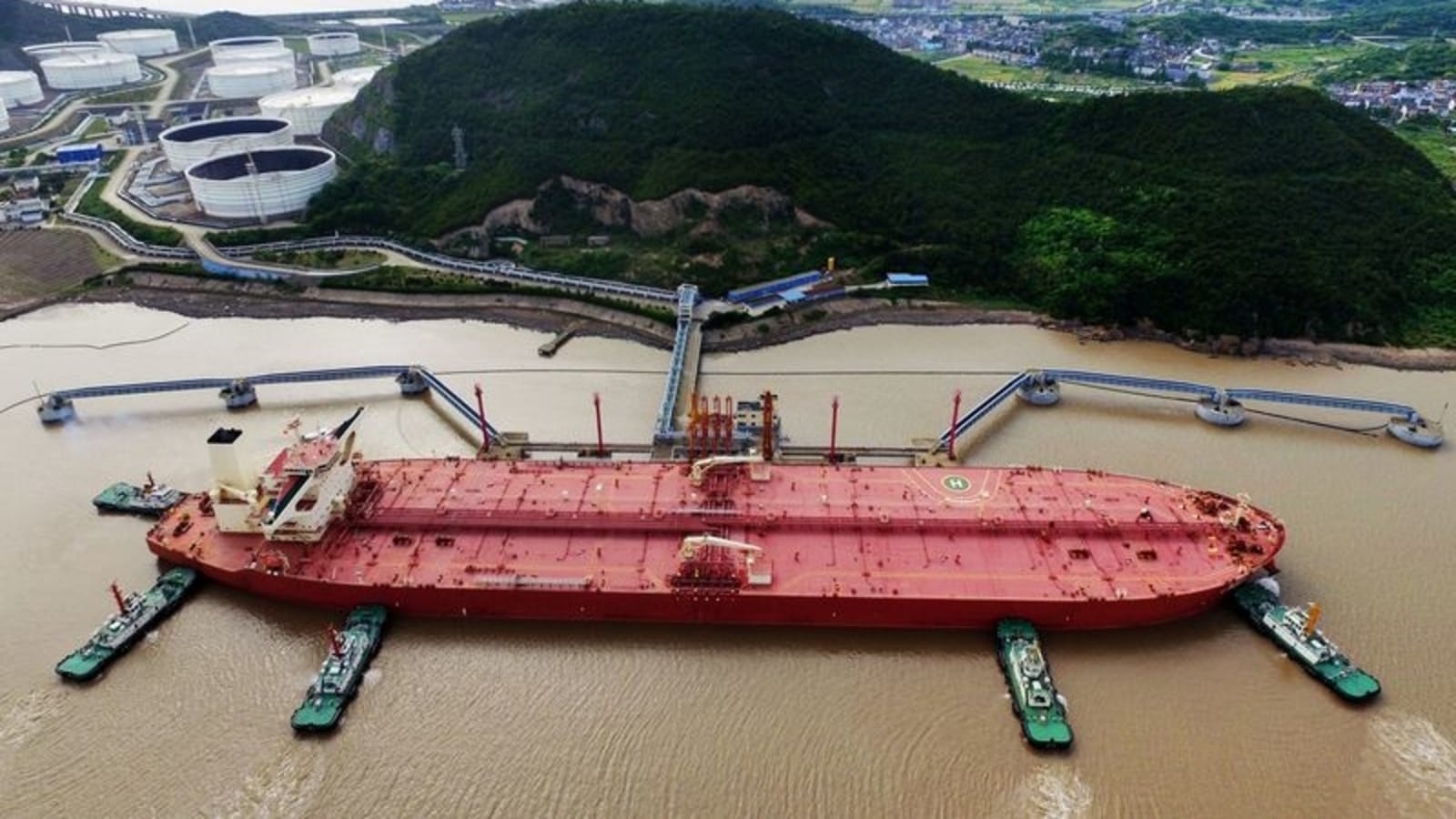
The world has been trying to find its way around this deadly virus of China for quite some time now. However, as it turns out, another door opens after we desperately close one. With all our fall plans coming close to getting realised, the Delta variant in China knocked them right back on the ground. Even though India has been preparing for the advance of a likely contagious third wave, countries around the globe that declared themselves mask-free are preparing to go back in lockdowns and mobility restrictions as the threat of the delta and numerous other variants emerge.
China’s economy, which fared as a superior example of its handling during the pandemic, is now battling the virus yet again. The delta variant has marked its presence in the country, and thanks to the tremendous population, containment would be a difficult task if not acted upon immediately. Therefore, China has been imposing restrictions and halting mobility in areas with a high incidence of active cases. Recently, a worker at the Ningbo-Zhoushan port tested positive for the virus, following which the Meishan Terminal of the port has halted operations.
But what is so important about this port in China? What would happen with its closure?

Well, travel restrictions are being put in a lot of places and we are not talking about all of them, obviously. So, what is so different and important about the Ningbo-Zhoushan port of China that it requires an entire discussion to happen about it? I guess knowing some back-story about this port would help realise why and where we are headed.
The port of Ningbo-Zhoushan in China plays the role of the third-busiest container port in the world and the busiest in the world in terms of cargo tonnage. It also accounts for more than 25 per cent of the container cargo handled at the Chinese port. The port is at the crossroads of the north-south inland and coastal shipping route, including canals to the important inland waterway to interior China, the Yangtze River, to the north.
The partial closure of this port, in the south of Shanghai, forms a major threat to the global supply chain and is said to tremendously affect maritime trade. As mentioned, the port is responsible for a lot of global trade activity and the restriction on its mobility can lead to considerable duress on the already strained world trade situation.
Why did the port partially close, indefinitely?
A 34-year old worker at the port recently tested positive for the virus, following which the authorities had to decide to shut down the operations of the Meishan Terminal of the Ningbo-Zhoushan Port. I know what you are wondering- shouldn’t the workers at one of the most pivotal ports for global trade be fully vaccinated? Well, it turns out, he was. The individual in question had administered both the doses of the Sinovac vaccine and was asymptomatic until the tests showed otherwise.
As a result, both the terminal area and the bonded warehouse have been shut down, and the operations at the terminal suspended indefinitely. In this indefinite period, a change in the structural requisites as well all other necessary provisions to ensure further safety and containment would be observed, as mentioned by the authorities at the port.

Now, as mentioned, the port has been closed partially. So, does this mean operations at other terminals would take place as per ordinary schedule? Well, as per the information that has been released as yet, the rest of the port would remain functional. This also means that the traffic meant for the Meishan terminal would be redirected to other terminals to make sure the impact of this closure remains as minimal as possible.
What would likely be the impact of this closure?
Even though the entries directed for the Meishan terminal would be redirected to other terminals at the port, experts estimate that there would likely be a delay in the consignments, with an anticipated backlog and a larger wait time. This increased in the wait time is expected to go to a few days, while the backlog is still to be completely anticipated.
To get an idea of the average increase in days in the waiting period, consider a similar closure that happened back in May in China’s Shenzhen’s Yantian port. At the time of its shutdown, the average wait time increased to about nine days. So, the delay because of this incident is likely to be higher, considering the usual activity received at the port.
To understand the magnitude of the activity we are referring to, consider the fact that in 2020, the Meishan terminal handled 5,44,000 TEUs of containers. With the spur in global demand being witnessed currently, you can imagine the manifold magnitude of this number for the current situation. It has been reported by China’s report source that the terminal usually services trade destinations in North America and Europe.
What can we say about the impact on global trade?

At a time when the global demand is at its all-time high with the revenge economy of the advanced countries spurring with the stimulus money, the Ningbo-Zhoushan port of China has been handling the most cargo among all Chinese ports, at an aggregate of 623 million tonnes.
It is no secret that the state of the global supply chain, both logistically and manufacturing-wise, has been in a rather vulnerable position with respect to the lockdowns and closures observed frequently at different places of the world. The global hike in price levels is also an aftermath of this uneven thread that the world economic recovery is hanging by, thanks to the supply delays. As a result, the backlog of shipments in China has increased tremendously and has severely affected global trade. Not only that, as the demand levels dwarfed the relative supply, the freight charges have also considerably gone up.
Therefore, as the largest terminal of the world’s third-busiest port partly closes, it would be safe to say that the turbulence would only increase. These consignments are inclusive of a wide variety of industrial goods, including electronic goods, textiles, and low-and-high end manufactured goods.
As the problem continues to grow day after the other, the world demand for these industrial goods would outweigh the demand, creating a further hike in the prices, as can be seen right now. Therefore, as we move ahead with it, it is imperative to hope that the closure uplifts in due time since the inflation problems around the globe are already escaping what we normally deem fit.
The imports at the China port include crude oil, raw chemicals, agricultural products, and electronics. As can be seen from the items mentioned, a large number of industries are dependent on this port for the smooth functioning of their area, failing which the fragile economy could go haywire. The global chip shortage, which has become a concern of almost every conversation these days, has also been a result of the slowdown in maritime trade.




